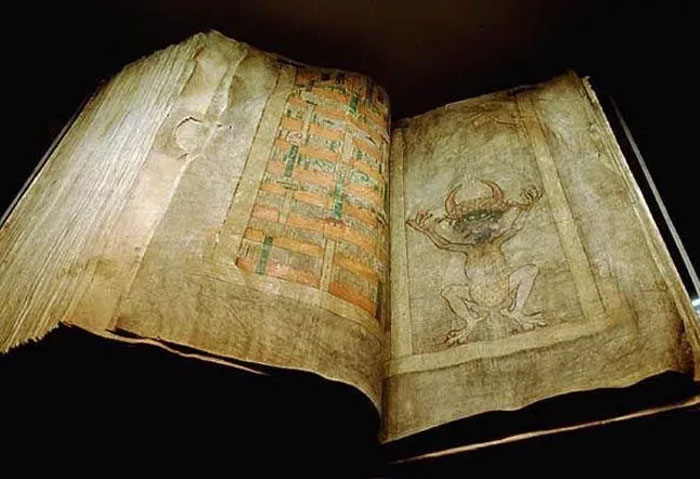Modern science is becoming more and more advanced with each passing year, but there are still things that can’t be explained even using the most cutting-edge gadgets and technology. Mainly this happens because the mysteries we are about to reveal date back so many years, it’s virtually impossible to find out the truth now. Archaeologists and historians join their forces with physicists and scientists from all possible fields to explain things like the death of King Tut, Peruvian Saksaywaman, and a whole plain of ancient jars uncovered in Laos. We all love a good mystery, don’t we? But these 10 ancient mysteries will probably remain unsolved forever.
Saksaywaman
Peru is home to dozens of ancient wonders, Saksaywaman being one of the most mysterious ones. Located in Cuzco, this architectural marvel was built in 11th century, which is really hard to believe from the engineering point of view. The boulders of this structure are fit so perfectly together that even a thin sheet of paper won’t pass between them. Ancient Inca people definitely used some kind of technology that we simply don’t know about today! Some scientists even theorize they somehow softened the stones using a mysterious concoction made of plants or by directing the sun’s heat with mirrors to ‘melt’ the stones.
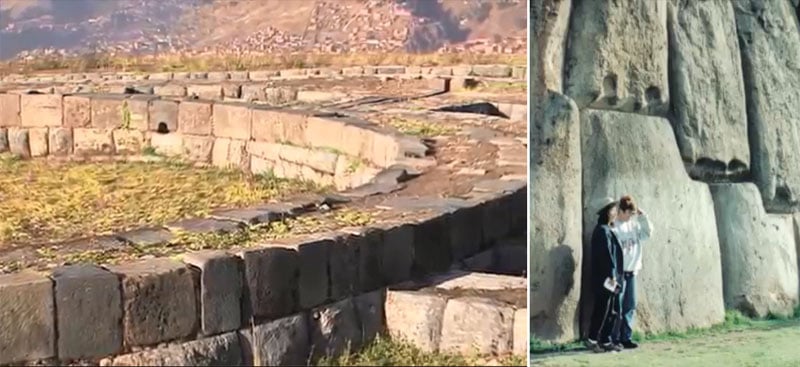
The Gobekli Tepe
Can you imagine a structure built roughly 11,000 years ago? Archaeologists obviously couldn’t, until they dug up the mysterious Gobekli Tepe built, against all odds, in the Stone Age. Many believe this to be the very first temple ever built by humankind! The excavation site is dotted with remarkable carvings of people and ancient animals, as well as huge pillars decorated with ornaments. And all this done in the age when civilizations supposedly had no metal tools whatsoever! This temple may very well hold the key to the evolution of the human race.
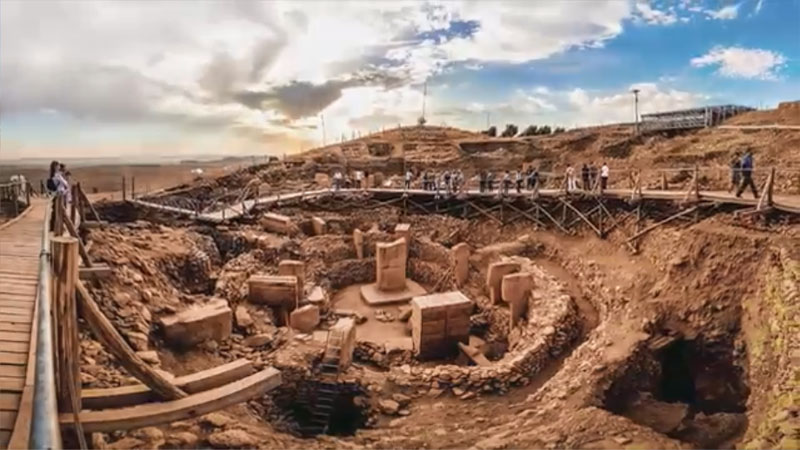
The Easter Island
The Easter Island just doesn’t get any less mysterious as time goes by! On the island you can find over 200 hundred ancient statues truly gigantic in size – each being more than 14 feet high. Archaeologists and engineers still can’t figure out how ancient people managed to erect and move these 14-ton statues from one place to another. This would be hard to do even in modern days! Ancient settlers had to transport massive stones around the island, carve them, and finally raise them (Stonehenge, anyone?).
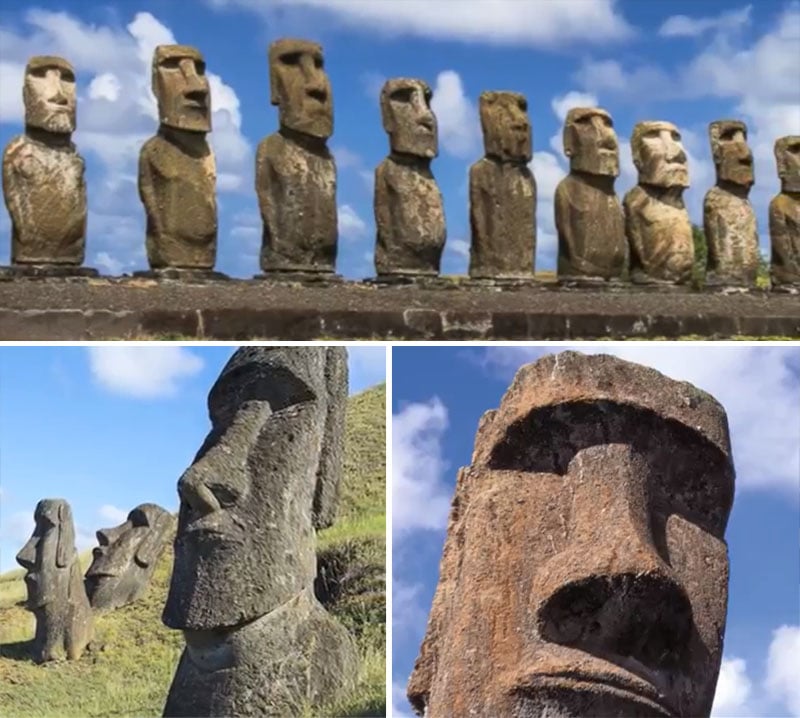
A plain filled with ancient jars
What is it with ancient people leaving bizarre evidence of their existence behind? For example, in Laos there’s a huge plain packed with gigantic Megalithic jars. The mystery of the Xieng Khouang plain has been torturing scholars since the early 30s when it was first discovered by a bunch of lucky archaeologists. They dubbed it the Plain of Jars, but the name doesn’t really prepare you for the bizarre image of 3,000 huge stone jars scattered all over the place. Mind you, each jar weighs at least several tones! All the jars were masterfully carved, hinting to the usage of iron chisels or other advanced instruments. Yet there is nothing historians can tell us about the people that could have made those jars or the reason why they placed them the way they did.

The Disappearance of Anthony and Cleopatra
These ancient lovers seemed invincible – until they weren’t. No one really knows what happened to them after the defeat at the battle of Actium around 31 B.C., but historians are certain they were dead soon after that. It is believed the couple escaped to Egypt, but were they assassinated or did they commit suicide? Historians are sure that Octavian granted Anthony and Cleopatra the permission to be buried properly, but no one seems to know where their resting place is! Some reports suggest they were buried at the Temple of Osiris, yet others state they may have been buried in Alexandria. Their bodies have never been found!
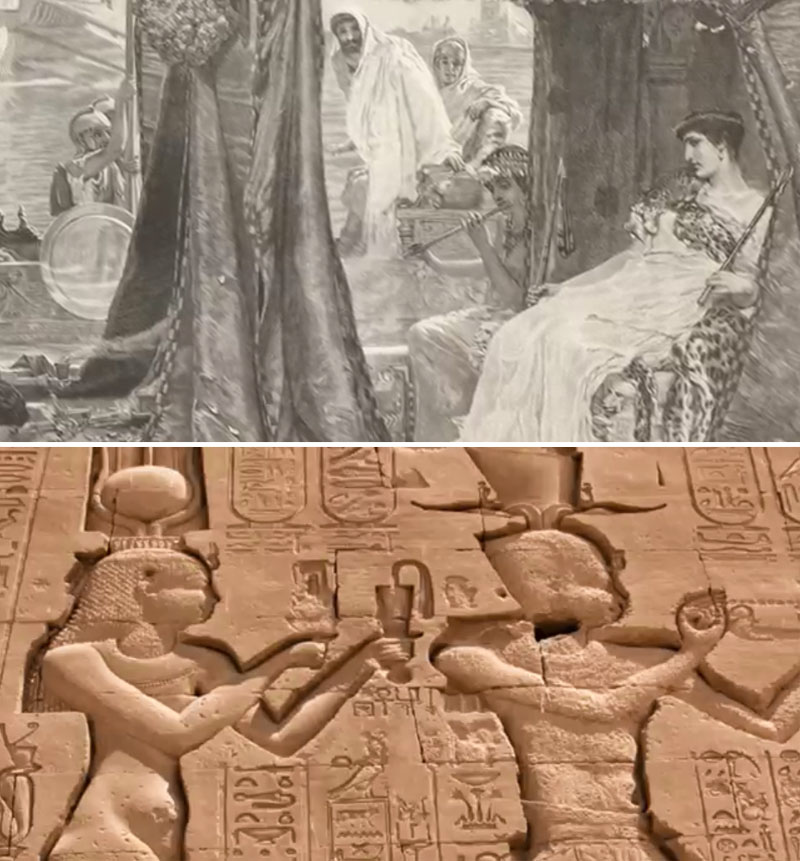
The Shroud of Turin
The Shroud of Turin is one of the most controversial holy objects ever uncovered by historians. The shroud bears an imprinted image of a bearded man – supposedly Jesus Christ himself! Thousands of people believe that it was the very shroud that covered the body of Jesus after he was crucified. The material of the shroud was even carbon dated, but the results were still inconclusive. There is, indeed, evidence that suggests the Shroud of Turin was used as a burial cloth for a crucified man, but was it really Jesus Christ? Some scientists believe the image on the cloth to be no more than an ancient painting.

The Screaming Mummy
Contrary to the popular belief supported by pop culture, mummies don’t rise from the dead and go around trying to conquer the world. So imagine the surprise of archaeologists when they found a mummy with its mouth wide open as if it was screaming! Discovered by Egyptian archaeologists in 1881 on the excavation site of Deir El Bahri, the mummy was just not right. All the organs were in place and the mummy’s face was in agony. It had no name and was simply wrapped in sheepskin. Nevertheless, the body was buried alongside Ramses II, which hints to his royal origins. Historians theorized it may have been Prince Pentewere, who was accused of planning his father’s (Ramses III) murder.
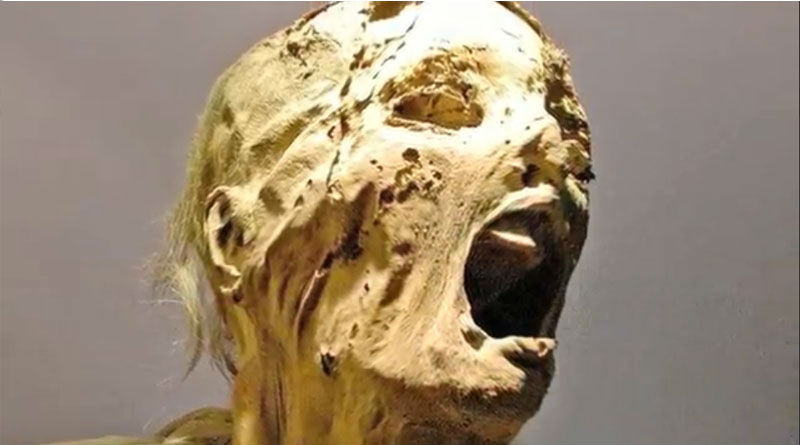
The Pyramid of Hellinikon
When talking about pyramids, Europe is not the first thing that usually comes to mind. Nevertheless, pyramids have been found all over the world, including Greece, which is home to one of the most famous non-Egyptian pyramids – the Pyramid of Hellinikon. Located in Agros, this pyramid doesn’t offer any answers as to why it was built and by whom. Archaeologists believe it was created around 2720 B.C., which makes it as old as (or even older!) than all Egyptian pyramids. Unfortunately, no one seems to be exploring this magnificent ancient relic.
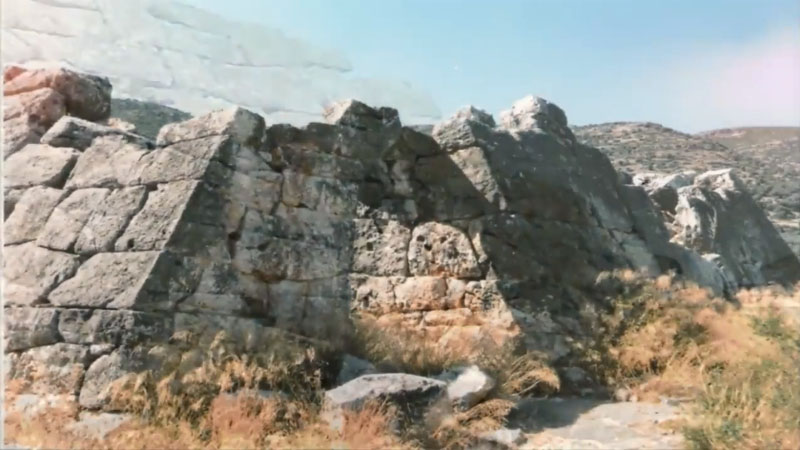
The Nazca Lines
Fascinating Nazca Lines belong to the group of symbols called geoglyphs – gigantic ‘pictures’ that can be appreciated only from above (which always bears the question why ancient civilizations needed such symbols in the first place). Each of the Nazca Lines symbols stretches for 500 meters and more, depicting animals, birds, fish, humans, and even creatures unknown to us. Scholars believe these glyphs were created around 500 B.C., but the purpose of these symbols still remains a mystery. Some believe they were used for astronomical studies, yet there is no evidence to support this theory.
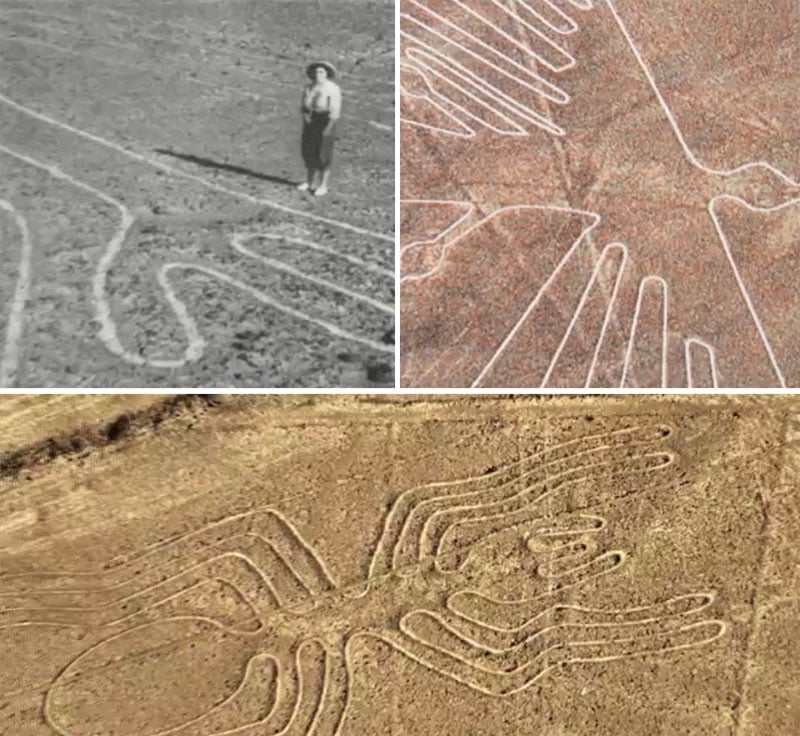
The Devil’s Bible
Even modern people can be superstitious, just imagine what it was like for medieval folk! This huge 13th-century manuscript is believed to have been written by one man only – in a single day. Legend has it that a certain monk broke his vows and was sentenced to a horrible death by being buried alive. In order to save himself he promised to create a manuscript that will contain all knowledge known (and unknown!) to humanity in just one day. This task was impossible, so to finish the manuscript in time he had to sell his soul to the Devil himself. The book, also known as Codex Gigas, is indeed packed with all kinds of texts – works by Hippocrates, translations of Bible into Latin, as well as exorcism rituals and forbidden medical formulas. There’s also a chapter devoted solely to the Devil! There are, however, pages missing – many believe those were texts that could bring the Devil to this world.
